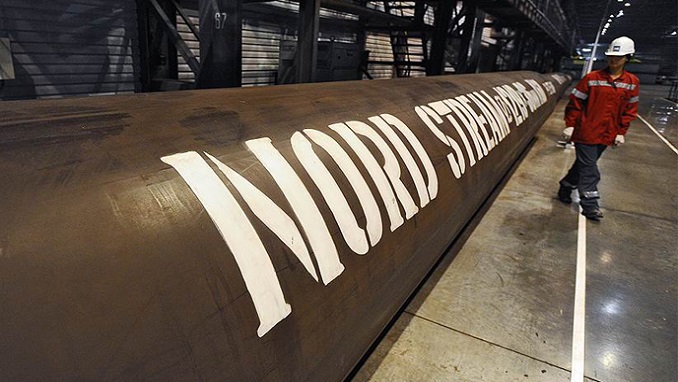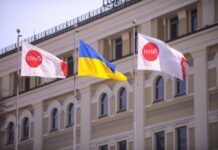High volumes of Russian natural gas keep flowing to the European Union despite long-running disputes over pipelines, competition, and Ukraine, the latest S&P Global Platts guide to EU-Russian natural gas relations shows.
Flows via Gazprom’s Nord Stream pipeline to Germany hit a record high of 51 Billion cubic meters (Bcm) in 2017, helped by increased access to the onshore OPAL gas pipeline, at first just in January and then continuously from August.
The European Commission’s decision in October 2017 to allow Gazprom to access up to 12.8 Bcm/year of extra OPAL capacity through public auctions was intended to settle that particular dispute, running since 2013.
But state-owned Polish gas company PGNiG gained an interim court order to suspend the decision, causing the interruption in capacity sales from February to July. It has also asked the EU General Court in Luxembourg to annul the decision completely.
The court has said it will rule on this in 2019, and that capacity booked for after this ruling may not be guaranteed. That leaves an element of doubt over Gazprom’s future access to OPAL until the ruling is given.
Still, with Russia’s relations to the West at a low, Europe’s energy needs seem to outweigh any disputes, especially in the case of the Nord Stream 2 pipeline.
To the project’s powerful backers, many of whom come from the EU itself, the mega-project will mean cheaper, cleaner and more abundant energy to meet the continent’s needs for decades to come. Opponents – including the United States – see something far darker: a geopolitical power play that gives Russia leverage to punish wayward neighbors and to blackmail European powers who may talk tough against Moscow but are growing ever-more reliant on its gas.
“I’ve never seen a commercial project so intensely debated at the highest levels of European politics,” the European Commission’s vice president for energy matters Maros Sefcovic said recently. “This project is really polarizing the EU.”












